Failing to plan is planning to fail. Have you ever avoided dinner with friends because you didn’t know how to track your calories?
I did. More recently, as a coach, I have helped many clients overcome the same fear whilst still crushing their fitness goals. In this article, I’m going to tell you exactly how, so you don’t have to be afraid that one meal will ruin all of your hard work.
0 Comments
Successful weight loss takes programming, not willpower. Important note: I revamped this article in July 2022. You can read the new and improved version here.
“How can I stay full on my diet?” In this article, I am going to do a deep dive into this topic. First of all, a hard pill to swallow: Tips can help make you feel full for longer, but they will not completely stop the hunger. The thing is, being hungry is your body’s natural response to a caloric deficit. When there isn’t enough energy coming in, the body triggers the release of hunger hormones, which in turn generate a desire for food. Your body is trying to keep you alive. This simply happens to be very inconvenient when you are trying to stick to a fat loss diet. So being hungry is an expected consequence of dieting, not the end of the world. If you understand that some hunger is part of the process and that food will always be there, dealing with it mentally can become much easier. That said, there are indeed food choices we can make and behaviours we can adapt in order to reduce the discomfort of an empty belly. Let’s get into them. To eat is necessity, but to eat intelligently is an art. Updated in September 2023.
In my previous article, I outlined the basics of flexible dieting and focused on one approach that I believe to be a stepping stone to more complex ways of flexible dieting: counting calories and macros. In this piece, I want to cover some guidelines on how to design a diet for either fat loss or muscle gain, including a proposed diet duration, macros and calories calculations, and how to transition away from dieting. Feed yourself with what it’s needed to fulfil your mental and physical demands. IIFYM stands for If It Fits Your Macros, a style of eating that allows you to pursue any weight-related goal without restricting foods. You meet your calorie target by “hitting” certain amounts of each macronutrient (in grams), regardless of source. In other words, you can eat anything, as long as you can “fit” it into your calorie requirements.
In my short series of articles on nutrition, I mentioned that 1 gram of each macronutrient corresponds to a certain amount of calories:
Technically, although we tend to use the colloquial term calories, they should be referred to as kilocalories, which is also the unit used on all food labels. You need 1,000 calories to make up 1 kilocalorie. For the sake of simplicity, I will keep calling them calories throughout the article. That said, IIFYM in simple terms is another way of counting calories. In fact, most people count both calories and macros and have specific targets for each. IIFYM sounds like an easy way of keeping your nutrition in check without falling into the disordered eating trap of classifying foods as “good” or “bad.” If you have ever tried it, though, you might have questioned at least one of the following:
In this article, I’ll give you an answer to each question and practical tips to take your IIFYM diet to the next nutritional level. *A note on alcohol: Alcohol isn’t a macronutrient (sorry, folks), but it does contain calories, so that’s why it’s included here. When accounting for alcohol intake, you can log the calories from your alcoholic drinks as fat, carbs, or a combination of the two. For example, if you drink 460 kcals of alcohol, you could log them as 115 gr of carbs, 52 gr of fat, or 93 gr of carbs and 10 gr of fat. This comes down to whether you want to have more calories left for carbs or fat for the rest of the day. Food is not just calories, it is information. It talks to your DNA and tells it what to do. The most powerful tool to change your health, environment and entire world is your fork. Welcome to Part 2 of this three-part account of my experience eating and working out to lose fat and preserve muscle mass. In Part 1, I covered my mental and physical conditions prior to this cutting phase. Today, I’m going to talk about the changes I made to my nutrition to keep it goal-oriented yet sustainable, what worked, and what didn’t. Hopefully, from the pictures above you can tell that dieting doesn’t have to be a tasteless endeavour. Let’s dive into it!
|
Nikias TomasielloWelcome to my blog. I’m an online fitness coach with a passion for bodybuilding, fantasy, and bread. Want to work with me? Check out my services!Archives
May 2024
Tags
All
|
Follow me on social media |
Get in touch |
© 2018-2023 Veronica Tomasiello, known as Nikias Tomasiello – All rights reserved

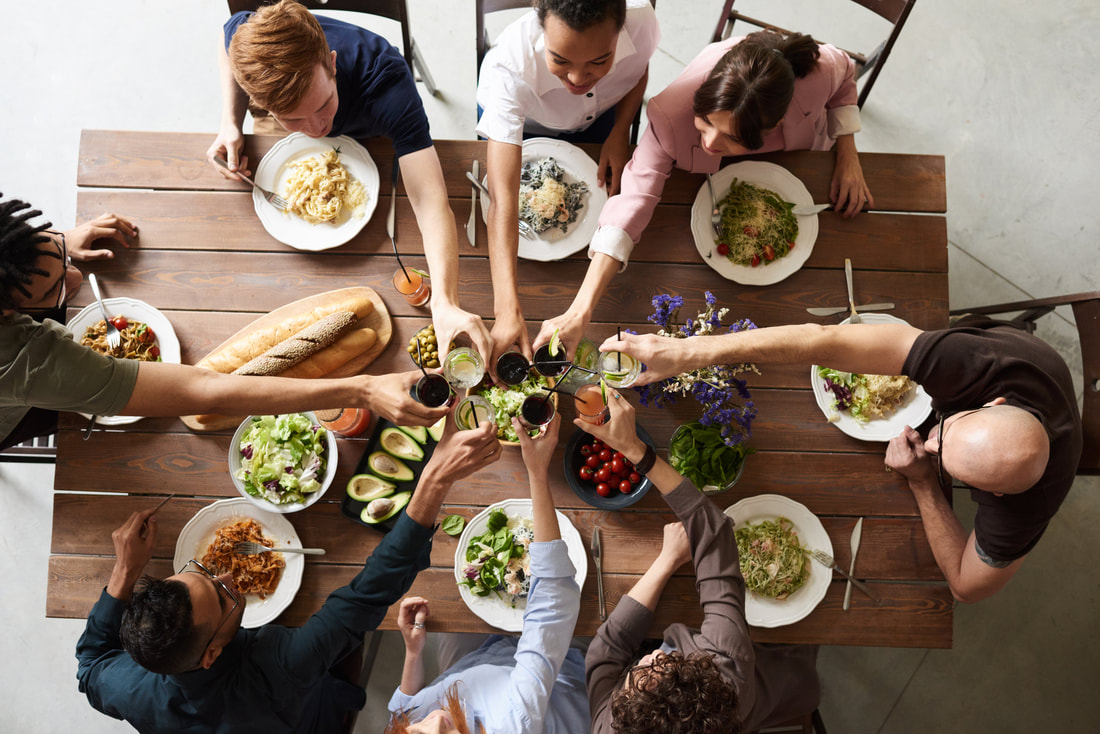
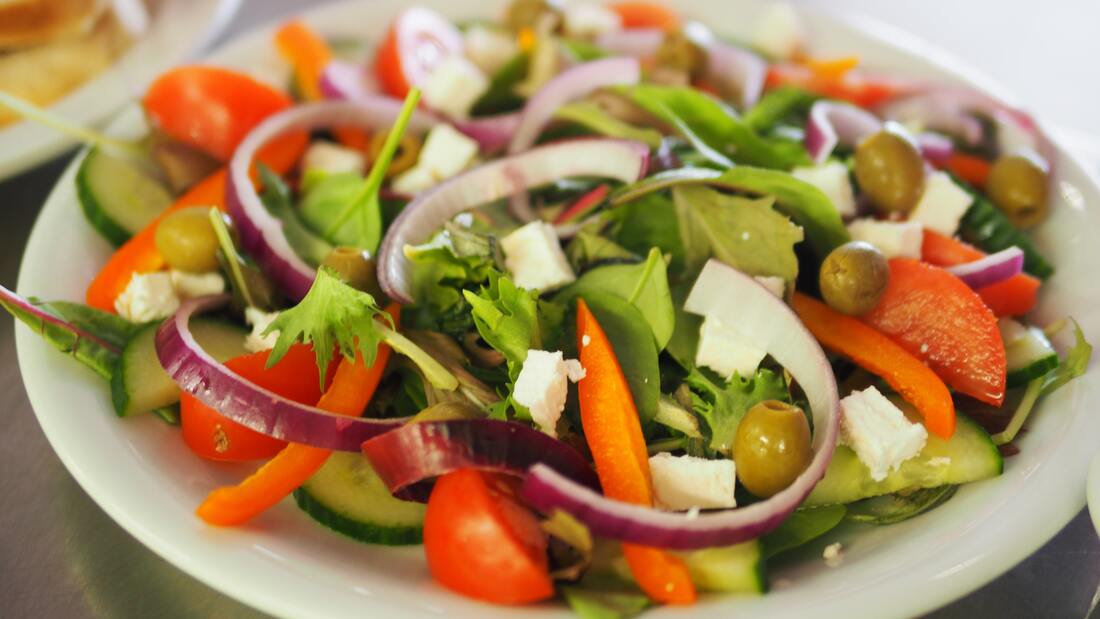
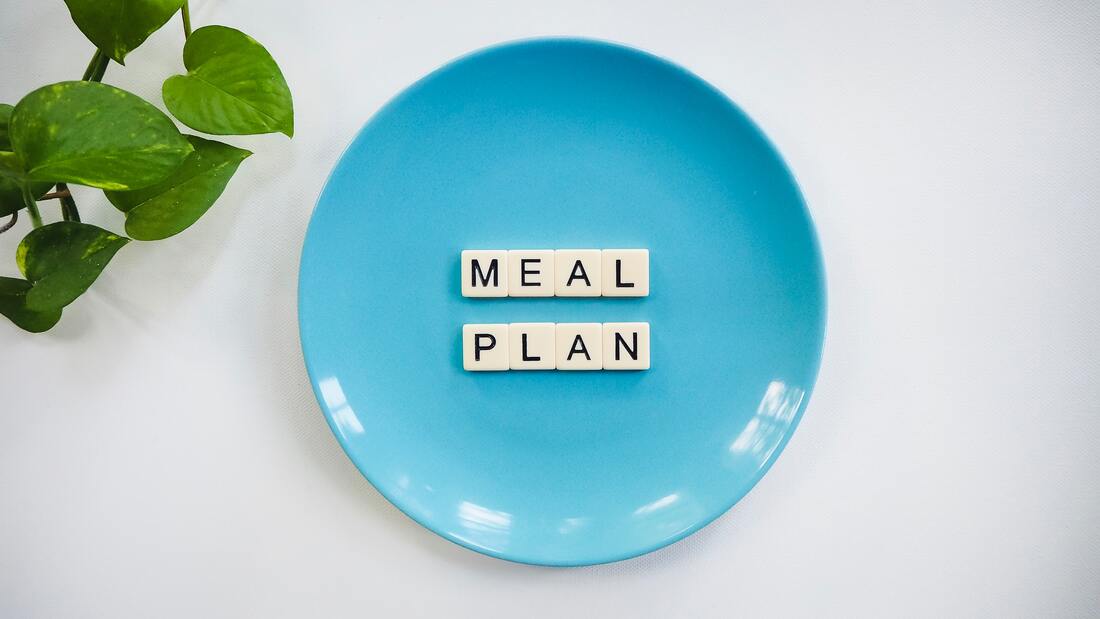
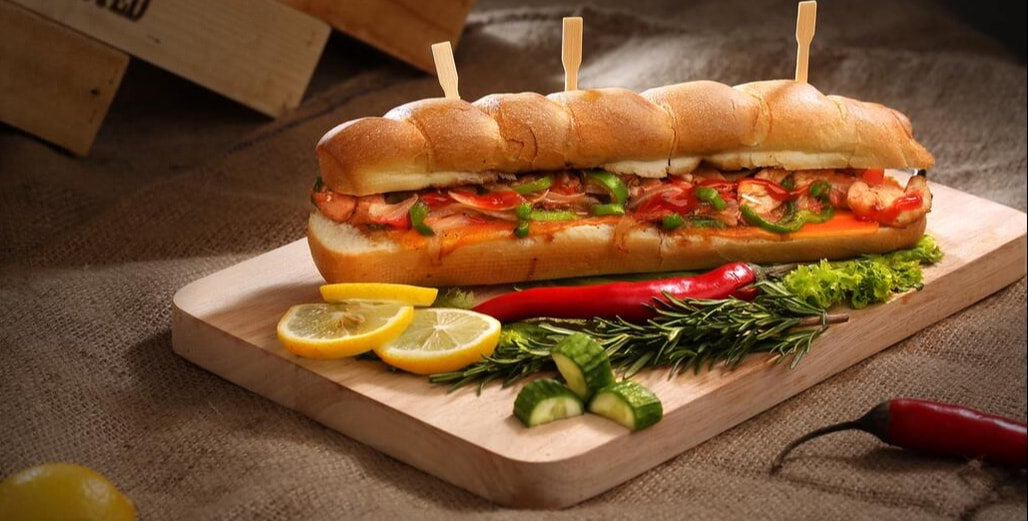

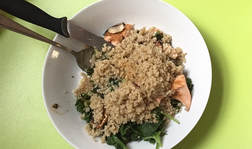
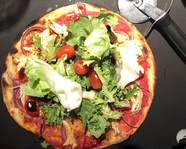
 RSS Feed
RSS Feed